
What is a Charge Card?
Published July 25, 2024
•
Last updated December 17, 2024
7 min read
While ATM cards, debit cards, and credit cards are more famous when it comes to electronic financial transactions, there is a less famous electronic card option that comes with its own set of unique characteristics that might interest you in Canada. If you haven’t guessed it yet, I am referring to a charge card.
Although a charge card looks like any other credit card, it has its own special features that sets it apart from the other cards. We will also dive into more pressing questions like “when is it feasible to use a charge card instead of a regular credit card”. So, read through the end and get to know charge cards with an in-depth view of their features.
So, What is a Charge Card?
A charge card works somewhat like a credit card. You borrow money from a third party for your expenses and then pay it at a later date and time. It implies that the money you use for your expenses is not owned by you, rather you are managing the expenditure on borrowed money which you are obligated to pay later.
But unlike credit cards, there are many unique features of charge cards that you need to understand. Here are the major features of charge cards. We will explain all the features by making a comparison to the credit cards in Canada because both cards work on a line of credit.
1. Full Payments Required
Unlike credit cards, the user is obliged to pay the full amount of the charge card at the end of each month when the bill is sent to the user. For credit cards, the user has the liberty of paying the minimum amount due and revolving the rest of the amount to the next months.
Although this revolving credit line comes at an interest rate that might elevate the outstanding debt. But with the charge card, you are obliged to pay the full amount at the end of each month without any liberty to delay the payment. Also, if you fail to pay within the due date you will be charged a whopping 30% interest rate which is much higher than you expect on a credit card.
2. No Credit Limit
You might already be aware that every credit card comes with a credit limit. A credit limit is the maximum amount to which you can use the credit card to conduct financial transactions. The credit limit for every user is determined on the basis of his/her personal credit history and credit score.
Unlike credit cards, the charge card doesn’t come with any credit limit. With no credit limit, the user can conduct the transaction to any desired amount without ever worrying about the limit. No credit limit also means that you need to be aware of your own spending limit.
3. High Credit Score Requirement
To get the charge card you need to have an outstanding credit score. With no credit limit, the charge card comes with a bigger risk for the lender. This is why the requirement is made since the charge card issuer needs the confidence that the user will be able to repay the debt.
To ensure that there is a lower risk of default, the charge card issuer issues the cards to users who have an attractive credit history and above-average to excellent credit scores. Though credit cards also require a fair credit score, there are plenty of credit cards that can be acquired without a good credit score or even with a zero or negative credit score such as secured credit cards. But with charge cards, there is no way to get one without having a proven credit score backed by a great credit history.
4. Annual Fees
Credit cards can be acquired with or without an annual fee. Though most credit cards come with an annual fee it is quite easy to find one without an annual fee. In comparison, it is impossible to find a charge card without an annual fee. The annual fee for a charge card usually ranges from $150 to $550.
Here are some of the available charge card options in Canada:
American Express® Aeroplan® Card
go to American Express' website
Welcome Bonus*
Up to 40,000 Aeroplan® Points (30,000 in 1st year)
Rewards Rate*
1x - 2x Aeroplan® points
Annual Fee*
$120
Interest Rates
30% Annual* / 30% Annual*
This card comes with the free checked bag benefit, which can save hundreds on a single trip for you and your family, more than making up for the annual fee of the card. In addition, the card helps you reach the next Aeroplan Status faster with spending on the card. However, if you don't have a specific use for these two benefits, there are many better cards in terms of benefits and rewards.
Pros
- Free checked bag benefit: Every checked bag might cost you $60 - $100 per person on a round trip. The amount you can save in a year if you travel a few times or travel with a few companions can easily be much higher than the annual fee of the card.
- If you are interested in a higher Aeroplan Status, the card helps you get there faster.
Cons
- The main reward category is only for Air Canada purchases. Unless you are a frequent Air Canada traveler, this reward category is not useful to most people.
- The only other rewards category offered is for food, and it doesn't offer that high of a reward rate either.
- In terms of insurance benefits, the types and coverage amounts provided are lower compared to other cards with a similar annual fee.
Rewards*
- 2x Aeroplan® points on eligible purchases made directly with Air Canada®* and Air Canada vacations®*
- 1.5x Aeroplan® points on eligible Dining and Food Delivery purchases in Canada
- 1x Aeroplan® point on everything else
Insurance*
Coverage*
Flight Delay
$500 (Aggregated with Baggage Delay)Baggage Delay
$500 (Aggregated with Flight Delay)Hotel Burglary Insurance
$500Travel Accident
$500,000Car Rental Damage & Theft
$85K, up to 48 daysPurchase Protection
90 days, $1,000 per occurrenceExtended Warranty
1 year
Benefits*
Details*
Free first checked bag
Enjoy your first checked bag free (up to 23kg/50lb) for up to 9 people travelling on the same reservation on Air Canada®* flightsStatus lift
Reach Aeroplan Elite™ Status sooner by earning Status Qualifying Miles and Status Qualifying Segments with purchases made on your accountFree Extra Night at Hotels
Receive an extra night free for every 3 hotel nights redeemed with Aeroplan points
Amex Experiences™
Amex Experiences™: From music and movies, to specially curated dining and online shopping opportunities, stay connected with all that we have to offer from the comfort of your own homeExtra points
Earn points twice at over 150 Aeroplan partner brands
Eligibility*
Credit Score
GoodAnnual Income
N/A
American Express Platinum® Card
Our choice for: Travel Perks, Luxurious Travel, and Unlimited Lounge Access
go to American Express' website
Welcome Bonus*
Up to 180,000 Membership Rewards® points
Rewards Rate*
1x - 2x Points
Annual Fee*
$799
Interest Rates
21.99% - 30%* / N/A*
If you're a frequent traveler, the Platinum card is an excellent choice. It's highly recommended for its extensive travel benefits, including unlimited lounge access for you and a guest at the American Express Lounge collection, making it the best card for lounge access in Canada. The card also offers unique perks not commonly found with other Canadian cards, such as status upgrades at Marriott Bonvoy and Hilton, dining and travel credits, concierge service, airport benefits, Nexus application reimbursement, and more. These benefits can more than offset the annual fee. However, if you don't travel often or are mainly looking for a card that maximizes rewards, this card may not be the best option for you.
Pros
- Offers more perks than any other credit card in Canada, catering to premium users who value extensive benefits.
- Enjoy $400 in annual travel and dining credits, which can offset some of the card's cost.
- Gain unlimited access to over 1,400 airport lounges worldwide, enhancing your travel experience.
- Multiple options for redeeming points for high value, giving you flexibility in how you use your rewards.
- Includes 11 types of insurance coverage, offering comprehensive protection for cardholders.
- It's a metal card, who doesn't love a metal credit card?
Cons
- As with other American Express cards, it may have lower acceptance in some locations compared to other networks.
- The high annual fee of $799 may be a barrier for some users, especially those who do not fully utilize the card's benefits.
- Some benefits are limited to specific airports and hotels.
Rewards*
- 2x points per $1 spent on eligible dining & food delivery purchases (restaurant, fast food, coffee shop, food delivery)
- 2x points per $1 spent on eligible travel purchases (flights, hotels, tours and more)
- 1x point per $1 spent for all other purchases
Insurance*
Coverage*
Emergency Out of province Medical
15 daysTrip Cancellation
$2,500Trip Interruption
$2,500Flight Delay
$1,000Baggage Delay
$1,000Hotel Burglary Insurance
$1000Lost or Stolen Baggage
$1,000Travel Accident
$500,000Car Rental Damage & Theft
YesPurchase Protection
120 daysExtended Warranty
1 year
Benefits*
Details*
Airport Lounge - American Express Global Lounge
Take full advantage of The American Express Global Lounge Collection™ which unlocks access to over 1,400 airport lounges worldwide. This includes The Centurion® Lounge network, Plaza Premium Lounges, and hundreds of other domestic and international lounges designed to enhance your travel experience.Travel Credit
$200Dining Credit
$200 at Select RestaurantsNexus Program Rebate
$100 statement credit every 4 yearsComplimentary Hotel Benefits
Enjoy complimentary benefits that offer an average value of $550 USD at over 1,600 extraordinary properties worldwide when you book Fine Hotels + ResortsStatus lift
Upgrade to Hilton Honors Gold StatusStatus lift
Upgrade to Marriott BonvoyTM Gold Elite statusPriority Travel
At Toronto Pearson Airport get Priority Security lane, Complimentary valet and 15% discount at the Express Park and daily parkConcierge Services
Trip and legal Assistance

American Express® Experiences
Extra points
Earn 2 points on Amex Travel Online purchases and extra points on American Express offers
Eligibility*
Credit Score
FairAnnual Income
N/A
5. No Credit Utilization Impact
Credit cards come with a pre-defined credit limit. Credit utilization refers to the ratio of financial transactions conducted to the credit limit. Generally you want to keep your transactions be up to 30% of your credit limit to maintain a healthy credit utilization. Unlike credit cards, the charge card doesn’t come with any credit limit which means there is no pressure of managing credit utilization. This is why the users of charge cards can conduct financial transactions without any stress of lowering or affecting their credit score which is quite important to maintain in Canada for any financial assistance in the future.
6. Good Rewards & Benefits
Credit cards are known for their rewards and perks. But you will be surprised to know that charge cards can come with even better rewards and benefits. Though the users are lured by the freedom of no credit limit and great rewards, note that charge cards can be only acquired by having an excellent credit score which is why not everyone can have it.
When to apply for a charge card?
Knowing the basic features of a charge card, you are in a better state to know when it is more feasible to apply for a charge card in comparison to a credit card. Here is when it is advised to apply for a charge card instead of a credit card:
- When you are a sensible user and do not tend to overspend. If you can manage your expenses as per your affordability then it is a great option to get a charge card. This way you can use the card as per your monthly spending limit and pay the balance in full at the end of the month while enjoying the associated benefits and rewards.
- If you crave for freedom to use the credit line without having to worry about the credit limit then it is better to get a charge card. This way you can use the card as per your financial needs. If your monthly expenses are not fixed and you need the liberty to use the credit line without any upper limit then the charge card is the perfect fit for you.
- Credit utilization can be tricky to keep track if you own many credit cards or lines of credit. If you are worried about keeping your utilization under 30% then it is better to apply for a charge card instead of a credit card. This way you can enjoy using credit without stressing over the utilization.
Pros and Cons of Charge Cards
Charge cards come with their pros and cons. Here are some of the major pros and cons that you need to take into account while considering applying for a charge card.
Pros:
- No worry about credit limit or credit utilization
- Amazing rewards and perks that can offer you great ease
Cons:
- You need an exceptionally high credit score to get the charge card which limits your ability to get a charge card.
- Charge card comes with an annual fee that can be quite pricey in your pocket.
- Charge cards generally come with high-interest rates like 30%.
- If you are a careless spender then it is quite risky to get a charge card because you might end up in a lot of debt. Having no credit limit can be a big risk for some people.
Trending Offers
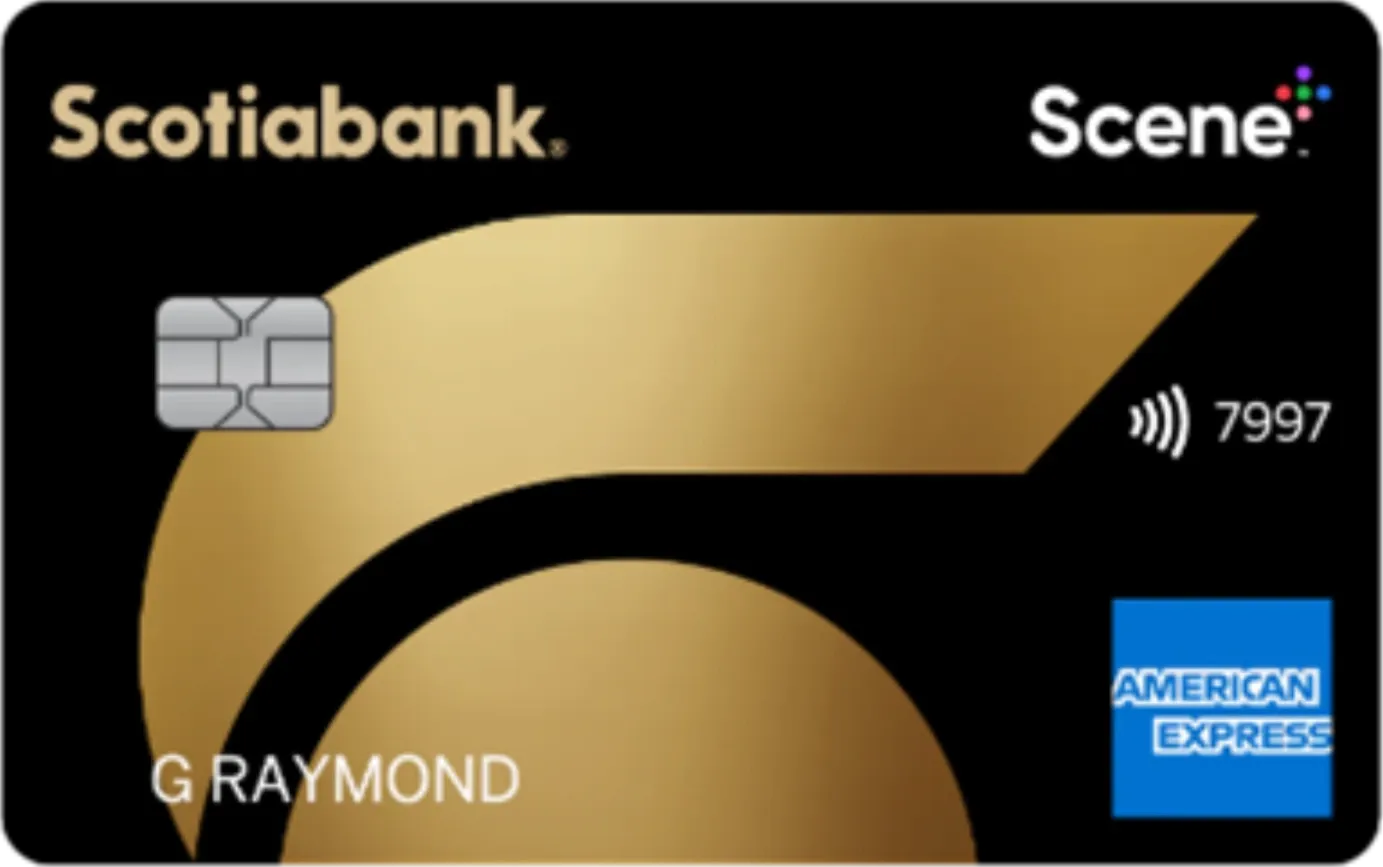
Scotiabank Gold American Express® Card
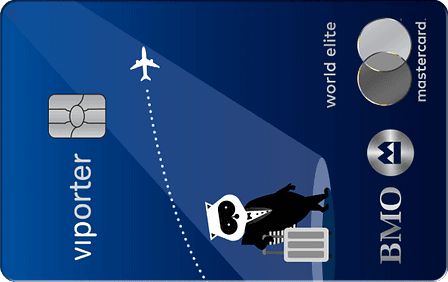
BMO VIPorter World Elite Mastercard®∗
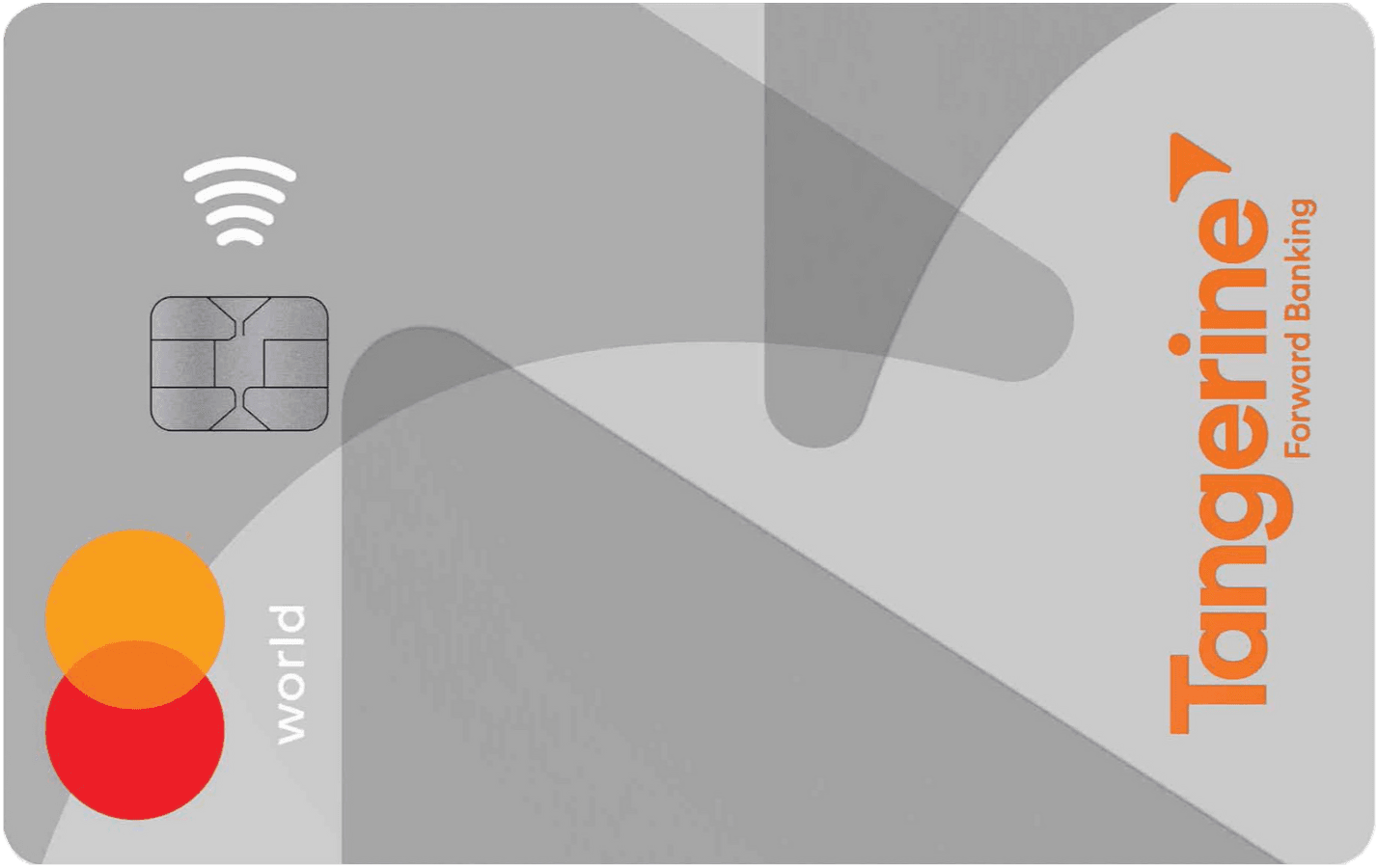
Tangerine World Mastercard
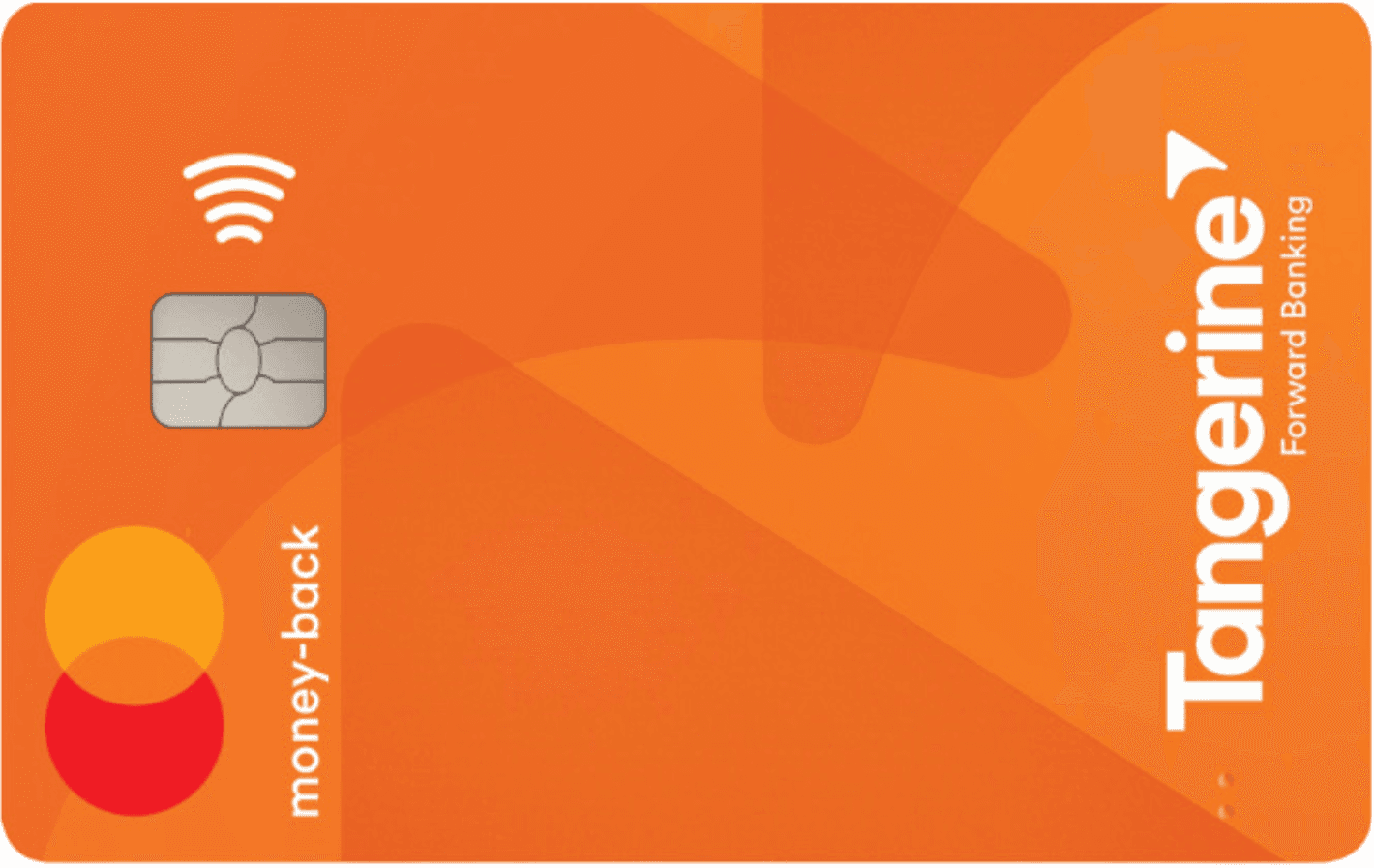
Tangerine Money-Back Credit Card
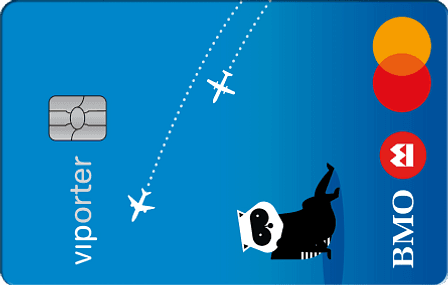
BMO VIPorter Mastercard®∗
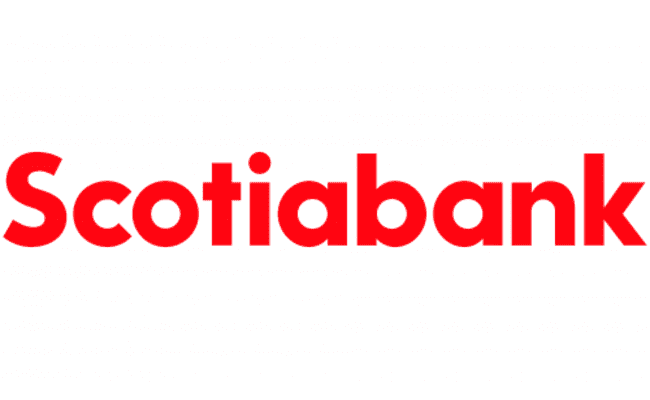
Scotiabank Preferred Package Chequing for Student and Youths
What's on this Page

